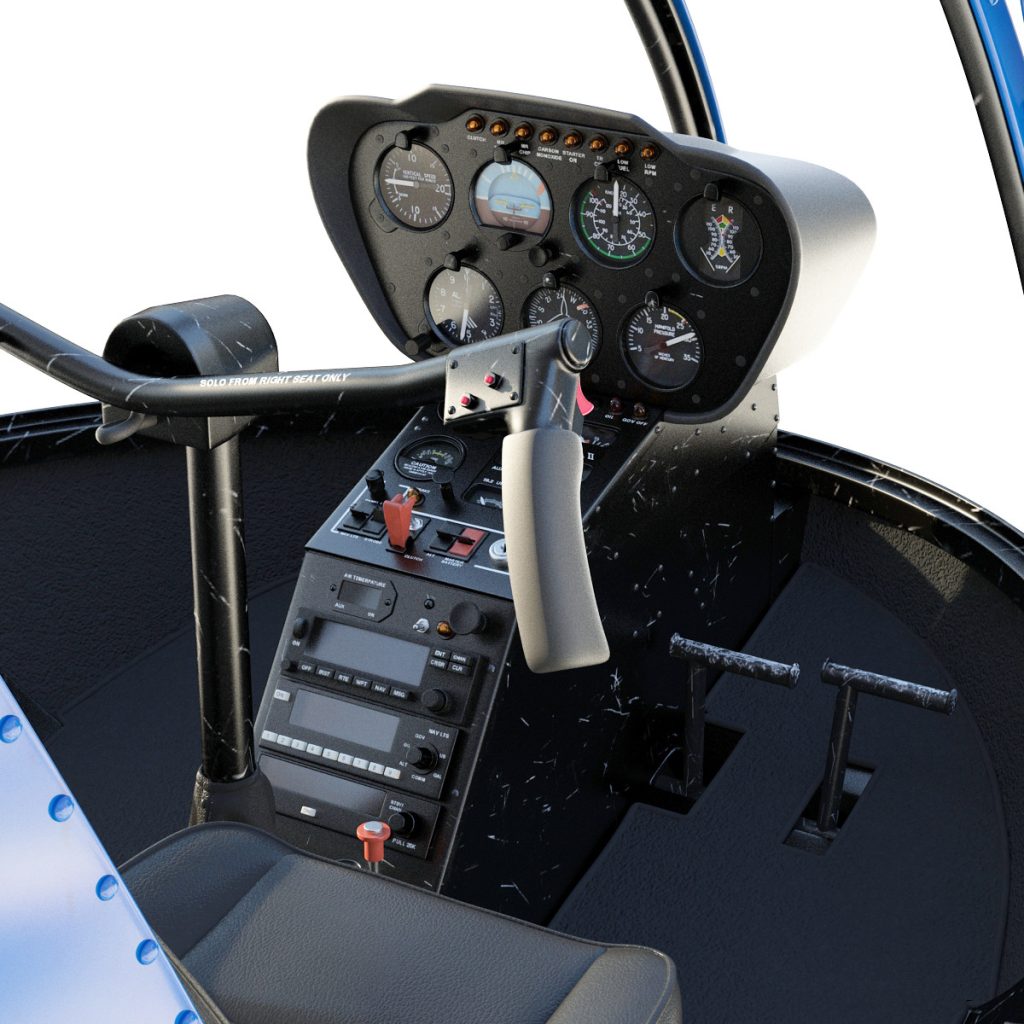The role of helicopter pilots is a specialized and vital component of various industries, including transportation, emergency services, military operations, and tourism. As technology advances and industry needs evolve, understanding the career outlook for helicopter pilots becomes increasingly important. This article explores the current industry landscape, retirement patterns, future demand, and the factors shaping workforce sustainability for helicopter pilots.
Overview of the Helicopter Pilot Profession and Industry Trends
Helicopter pilots operate aircraft that are essential for a range of applications, from medical evacuations and law enforcement to offshore oil support and aerial surveying. The profession requires specialized training, certification, and a high level of skill to navigate complex environments and ensure safety. Over recent years, the industry has experienced steady growth driven by expanding sectors such as renewable energy, tourism, and infrastructure development. Technological innovations, including advancements in avionics and automation, have also influenced operational efficiency and safety standards, shaping the evolving landscape of helicopter aviation.
Furthermore, the industry faces ongoing challenges such as regulatory changes, fluctuating fuel prices, and workforce shortages. The demand for experienced pilots remains high, especially in remote or underserved regions where helicopters are often the most practical mode of transportation. As industries increasingly recognize the value of rotary-wing aircraft in emergency response and logistics, the industry trend points toward sustained growth. However, this growth is tempered by the need for continuous training and adherence to strict safety regulations, which influence operational practices and workforce development strategies.
Retirement Patterns and Age Demographics Among Helicopter Pilots
The demographic profile of helicopter pilots tends to skew toward older age groups, with many professionals entering the field after gaining experience in other aviation roles or military service. Retirement patterns indicate that a significant portion of the workforce approaches traditional retirement age in their late 50s to early 60s. This trend is partly due to the physically demanding nature of piloting, regulatory retirement age limits, and the accumulation of experience required for advanced roles. As a result, the industry faces periodic workforce gaps, especially when large cohorts of pilots retire simultaneously.
Data shows that younger pilots are increasingly entering the profession, often driven by the appeal of diverse career opportunities and the potential for high earnings in specialized sectors. However, the path to becoming a fully qualified pilot can be lengthy and costly, which influences the age at which individuals enter and remain in the profession. Additionally, some pilots choose to extend their careers beyond traditional retirement ages, motivated by passion for flying, financial considerations, or the desire to mentor newer pilots. Understanding these retirement patterns is crucial for workforce planning and ensuring a steady supply of qualified pilots in the future.
Projected Future Demand for Helicopter Pilots in Various Sectors
The future demand for helicopter pilots is expected to remain strong across multiple sectors, driven by expanding operational needs and technological developments. In emergency medical services and disaster response, the increasing frequency of natural calamities and the need for rapid medical evacuations will sustain high demand for skilled pilots. Similarly, the offshore oil and gas industry continues to rely heavily on helicopter transportation for personnel and equipment, with future projects potentially boosting pilot requirements. The tourism sector, especially in scenic and remote locations, is also projected to grow, offering additional opportunities for helicopter pilots.
Moreover, emerging industries such as renewable energy—particularly wind farm maintenance—and infrastructure development in remote regions will contribute to increasing pilot demand. Government and military sectors will continue to require experienced helicopter pilots for surveillance, surveillance, and logistical operations. The global push toward urban air mobility and the development of drone and electric vertical takeoff and landing (eVTOL) aircraft may also influence future pilot needs, either by supplementing traditional helicopter roles or creating new employment pathways. Overall, the outlook suggests a robust demand trajectory, provided the industry can address workforce supply challenges.
Factors Influencing Career Longevity and Workforce Sustainability
Several factors influence the longevity of helicopter pilots’ careers and the overall sustainability of the workforce. Training and certification requirements are rigorous and costly, which can act as barriers for entry and continued employment, especially for younger pilots. Additionally, the physically demanding nature of the profession, including irregular hours and high-stress situations, can affect career length and health outcomes. Advances in technology and automation may eventually alter pilot roles, potentially extending career spans or changing the skill sets required, thus impacting workforce dynamics.
Workforce sustainability also depends on effective recruitment, retention strategies, and ongoing professional development. As many pilots approach retirement age, industry stakeholders must focus on attracting new talent and providing pathways for career progression. Policies related to work-life balance, health and safety, and financial incentives play crucial roles in retaining experienced pilots. Furthermore, addressing regional disparities in pilot availability and ensuring diversity within the workforce can help mitigate potential shortages. Overall, proactive planning and adaptation to industry changes are essential to maintain a resilient and sustainable helicopter pilot workforce in the coming decades.
The career outlook for helicopter pilots is characterized by a combination of steady industry growth, demographic shifts, and technological evolution. While retirement patterns indicate an impending need for workforce replenishment, future demand across various sectors remains promising. Addressing factors such as training costs, health considerations, and recruitment strategies will be key to ensuring the long-term sustainability of this vital profession. As industries continue to rely on helicopter transportation for critical operations, the role of skilled pilots will remain integral to operational success and safety.


